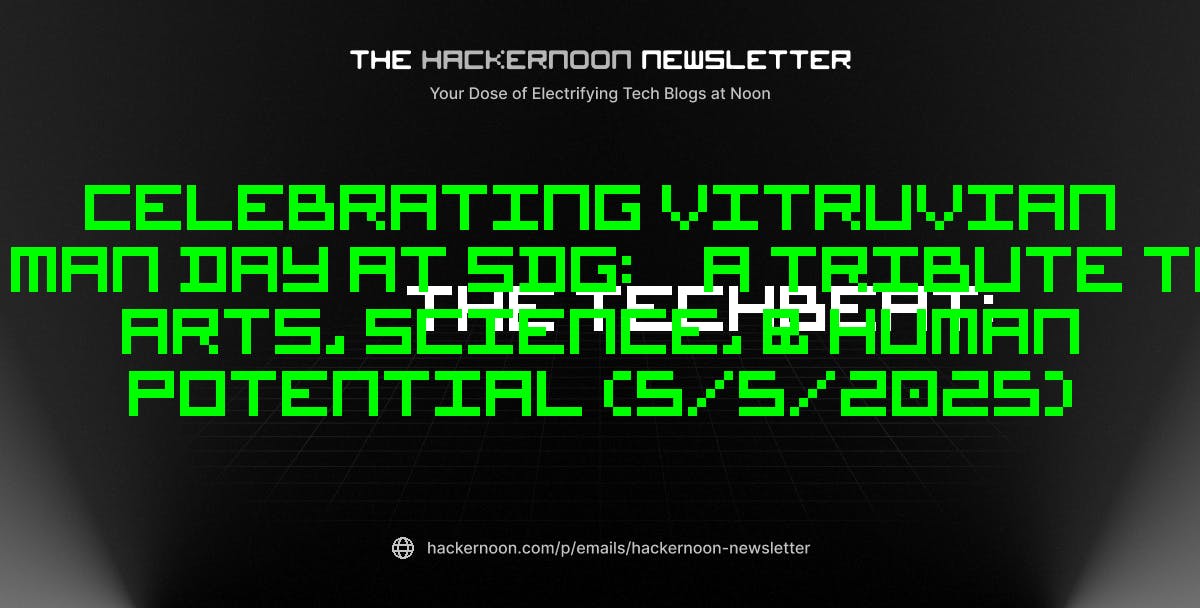The United States has been dreaming of its high -speed train decades. The plan was ambitious, even poetic: connect San Francisco and Los Angeles in less than three hours, reduce emissions, revitalize rail transport and demonstrate that the country could also compete with Europe and Asia in mobility of the 21st century. But what should be a symbol of modernity has become one of the most chaotic and discussed infrastructure projects of the country’s recent history.
It all started with illusion. In 2008, California voters approved $ 10,000 million in bonds to take the first big step. The objective was clear: a high speed line that would travel the state from north to south to 354 km/h. The, optimistic calendar, spoke of 2020 as an opening date. But 2020 arrived and passed. And 2025 is also passing, with just 35 kilometers ready to start placing the tracks. There are no trains. There are no operational stations. And what remains ahead seems, the less uncertain.
Delays, cost overruns and uncertainty
Today, the estimated total cost of the project exceeds 106,000 million dollars, more than triple as initially budgeted. The layout has been reduced. The promise of joining Sacramento with San Diego It has been parked, and all the focus is now in a much more modest section: about 275 kilometers in the central valley, between Merced and Bakersfield. A segment with low population density and a debatable impact in terms of real mobility.
Why is it costing so much? There are many answers, and apparently any simple. The acquisition of private land has been a nightmare. In addition, the transfer of public infrastructure, such as pipes, electric lines or high steps, has triggered costs. But the most decisive has been the lack of stable financing. The project has been advancing to trumpets, based on fragmented budgets, partial promises and conditioned aids. Without a clear road map and with federal support that has varied according to the White House in turn, the work has accumulated delays, cost overruns and frustration.
Even so, there are advances. At the end of 2023, after receiving a historical injection of almost 3.1 billion dollars from the federal government, California High-Speed Rail Authority took a key step: he published in January 2024 the list of finalist suppliers for the manufacture of their electric trains. The two selected companies are Alstom y Siemenstwo giants of the railway sector with more than accredited experience in Europe. The idea is clear: acquire trains capable of overcoming the 350 km/h, designed from scratch for this layout, and adapted to the specific needs of California.

But the project is not limited to speed. There is a remarkable and unusual effort to think about the travel experience from the first moment. In Sacramento, a real -scale model of one of the wagons has already been built, made of wood and foam, to visualize every detail of the interior. The model has been used to collect suggestions from experts in accessibility, engineers, public leaders and user associations. And the proposals go beyond the obvious: from large adapted toilets to emergency buttons accessible from the ground in case of fall, through areas for families, capsule compartments for those who seek privacy and spaces specifically designed for accessibility.


California has also taken advantage of a structural advantage: his wagons will be wider than those of conventional trains in the United States, which will allow broader corridors Without sacrificing space for the passenger. The intention, according to the rail authority, is that this is a high -speed train designed for all. A really inclusive train.


At the moment, there are more than 25 active works in the Central Valley, with about 1,500 workers deployed daily. 422 miles of the future route have been cleared, at least on the environmental level. And more than 50 structures have already been built: bridges, viaducts, high steps. But most of the project is still in the air. The financing to finish the central section must be closed before mid -2026. And although the current CEO, Ian Choudri, says they are on the right track to achieve it, either by private investors, federal loans or new bonds, the time runs against it. Especially if the Federal Administration changes sign and rethinking to keep the funds already committed.
The Department of Transportation, under Sean Duffy’s leadership, has announced a complete project audit. THE OBJECTIVE: Determine SI California has fulfilled the commitments assumed Upon receiving federal money. The threat is clear. If there are no sufficient solid advances or guarantees, these funds could be reallocated to other states with more mature projects. The pressure, once again, is huge.


The contrast with other countries is painful. Japan built his first Shinkansen in the 60s. Spain has been expanding its bird network more than three decades. Morocco has since 2018 its high -speed train between Tangier and Casablanca. In the United States, Acela remains the closest thing, with 240 km/h peaks on roads that cross tunnels of the nineteenth century.

In California, everything is complex. The layout crosses agricultural areas, urban nuclei, protected land. Despite the promises, agreements and models in a real scale, there is a risk that the project appears: to continue being a dream. And yet, there is something in the original idea that continues to resist. A kind of conviction that, if ends, this train You can mark a before and after. Not only in California, but in the entire transport network of the country.
Imágenes | California High Speed Rail
In WorldOfSoftware | The C919 Comac











